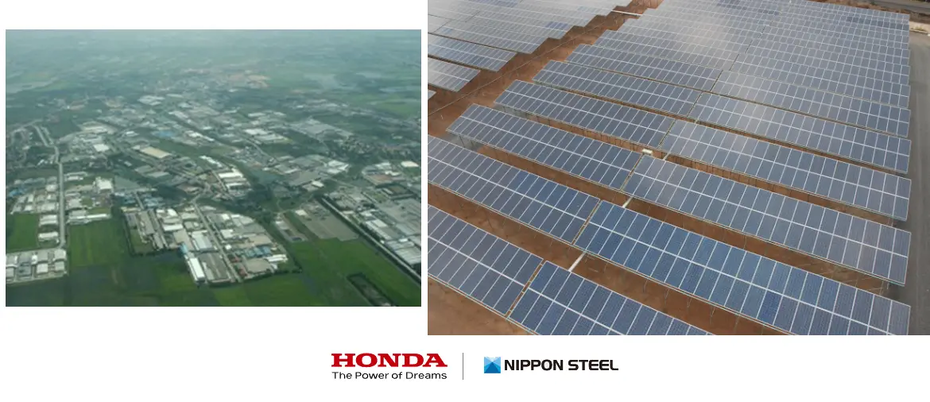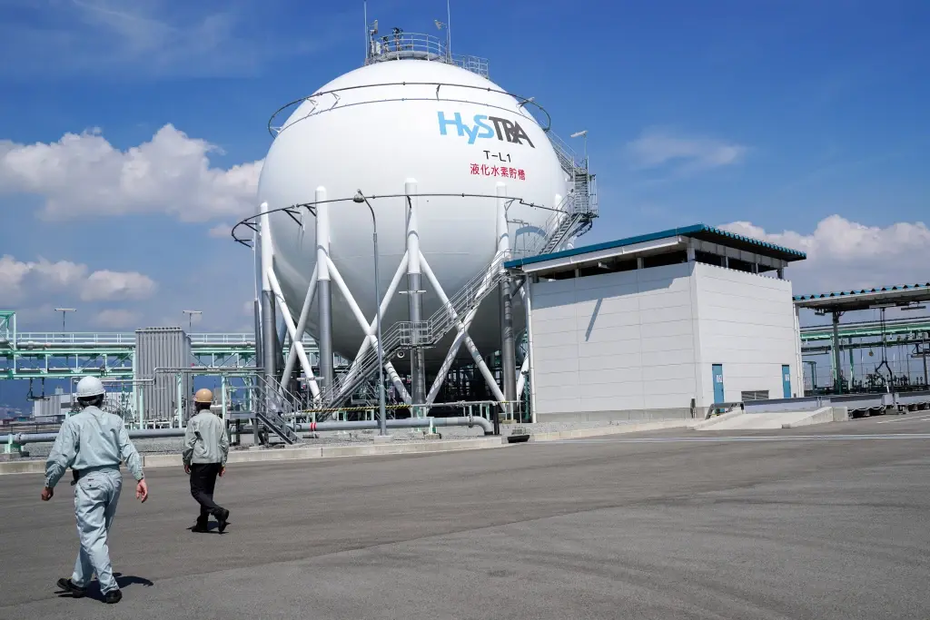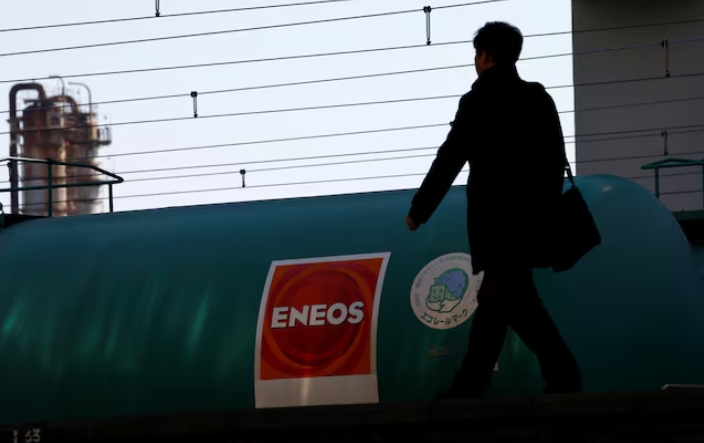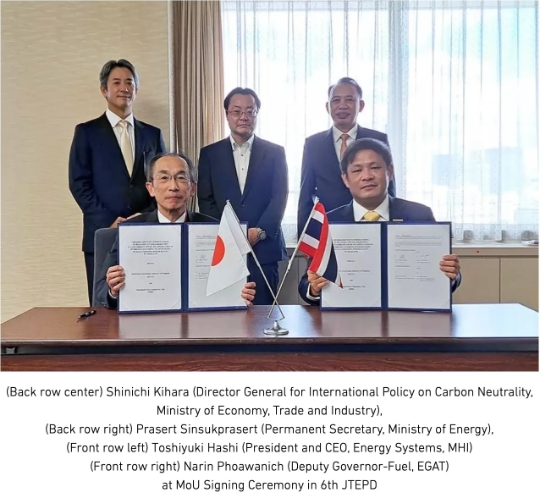Nuclear a Major Focus in Trump’s Latest Budget Request—and 8 Other Takeaways
12 Feb 2020 by Sonal Patel
Yucca Mountain, the 1987 Congressionally appointed deep geologic repository for spent nuclear fuel (SNF), may be officially dead; transmission assets held by the Tennessee Valley Authority (TVA) and three Power Marketing Administrations (PMAs) will be put up for sale; and hundreds of millions of dollars in unobligated balances for flagship programs like the Advanced Research Projects Agency-Energy (ARPA-E) will be canceled. Those are just some prominent power sector–related proposals from President Trump’s newly released fiscal year (FY) 2021 budget request.
Though it slashes funding for the Department of Energy (DOE) to $35.4 billion—by 8.1% from the 2020 enacted level of $38.5 billon (but increases it by 3.5% compared to the 2020 requested amount)—the Feb. 10–issued 2021 budget request seeks to bolster key national priorities, Energy Secretary Dan Brouillette told reporters in a call. “Notably, almost all the increase in funding will go towards the nuclear stockpile and infrastructure modernization,” the newly appointed DOE head said. “In addition to nuclear security, the president’s budget request reflects a much broader message emphasizing national security … because as we have stated in the past, our energy security is national security.”
But the nation is “energy secure,” Brouillette claimed. The U.S. is now the world’s largest producer of oil and natural gas; it is the “world’s second-highest generator of wind and solar energy”; it is “leading the world in carbon emission reductions”; and “for the very first time, at least in my lifetime, we’re set to be a net energy exporter.” That’s why, he said, the budget “underscores the importance of maintaining that energy independence.”
Following are some of the most notable “asks” in the budget. These aspects are significant because they point to the Trump administration’s most significant energy priorities over the short term.
A Uranium Reserve to Respond to Competition from Russia and China. In a notable effort, the DOE put in a $150 million request to establish a new “uranium reserve” to assure availability of domestic uranium “in the event of a market disruption.” Brouillette told reporters the measure responds to a “need for domestically produced uranium.” Pressed for what the measure would entail, he said it will likely involve “the conversion of uranium,” but then noted more details will emerge over the next two weeks.
“The bottom line is that the president has chosen to put the U.S. back into the nuclear game around the world,” he said. “We’re going to be in the process of challenging the Russians, challenging the Chinese, all around the world as they move into these countries and begin to develop nuclear reactors, begin to develop entire infrastructures around, not only the nuclear industry, but the electricity industry as well. What you’re seeing in the president’s budget is the very first step that we will take to put the U.S. back into this competitive game.”
No Specifics on Nuclear Waste Management—but it Suggests Alternatives to Yucca Mountain Will Be Explored. The DOE’s budget request, which follows a Feb. 6 tweet by President Trump that essentially expressed opposition at the long-delayed Yucca Mountain nuclear waste repository in Nevada, also markedly—though murkily—seeks to overcome an impasse on the disposal of SNF. The budget request notes the Nuclear Waste Fund—a U.S. Treasury account collected via a fee charged to ratepayers by nuclear generators since 1983—contained $40.4 billion at the end of 2019. That figure is slated to grow to $44 billion in 2021. The budget requests $28 million (a marked increase over the $3 million requested last year) for the Interim Storage and Nuclear Waste Fund Oversight program, whose main objective is to “contribute” to the safe and secure management of 84,000 metric tons of SNF stored in pools and casks in 35 states.
DOE Undersecretary Mark Menezes, who told reporters the agency is “strongly committed” to its legal obligation to manage and dispose of the nation’s nuclear waste, suggested the measure will include making “substantial progress” at all the DOE’s major cleanup sites and implementing a “robust interim storage effort,” as well as research and development (R&D) on “alternative technologies for the storage, transportation, and disposal of nuclear waste.” Pressed by a reporter to provide some specifics about how the administration plans to circumvent the agency’s decades-long politically prompted paralysis on SNF storage, Brouillette added that to bolster its efforts, the DOE plans to “work” with governors and policymakers, as well as private industry, to “find solutions—that may turn out to be on an interim basis—but we’re going to find solutions to this important problem.” Menezes then remarked: “I do believe that the president will authorize the interagency process to convene a deliberative process so that we can come up with some creative solutions consistent with our obligations under the [Nuclear Waste Act], so, we look forward to kicking that off.”
Big Bucks for Some Advanced Nuclear Projects. The DOE also asked for $3.1 billion to boost “energy independence” and “innovation” for fossil fuels, renewables, and nuclear energy. The biggest chunk of that effort—$1.3 billion—will go to the Office of Nuclear Energy. The DOE asked for $295 million to fund the experimental Versatile Test Reactor (VTR), a first-of-its-kind fast reactor that could help the private sector develop and demonstrate new technologies. The DOE has suggested the VTR could be operational by 2026, but it could cost between $3 billion and $6 billion to build. The proposal also provides $112 million to the Reactor Concepts RD&D (research, development, and deployment) program, $20 million to the Advanced Reactors Demonstration program, and $187 million to the Fuel Cycle R&D program. At the same time, it allots nothing to the Small Modular Reactor (SMR) Licensing Technical Support program (even though one SMR developer is making tangible progress for the first-of-its-kind licensing), and it nixes funding to the Supercritical Transformational Electric Power Generation Program, as well as to the STEP supercritical carbon dioxide project, which raises questions about that program’s future. Finally, it also eliminates funding to the International Nuclear Energy Cooperation program.
Bullish on Advanced Coal Systems and Carbon Capture. If approved as requested, the Office of Fossil Energy Research and Development will get a moderate $731 million, the bulk of which would be designated to its Advanced Energy Systems and Carbon Capture, Utilization, and Storage programs. However, the DOE scales back tremendously on its Natural Gas Technologies program (cutting funding from $51 million asked for last year to $15 million), as well as for “unconventional” fossil energy technologies.

